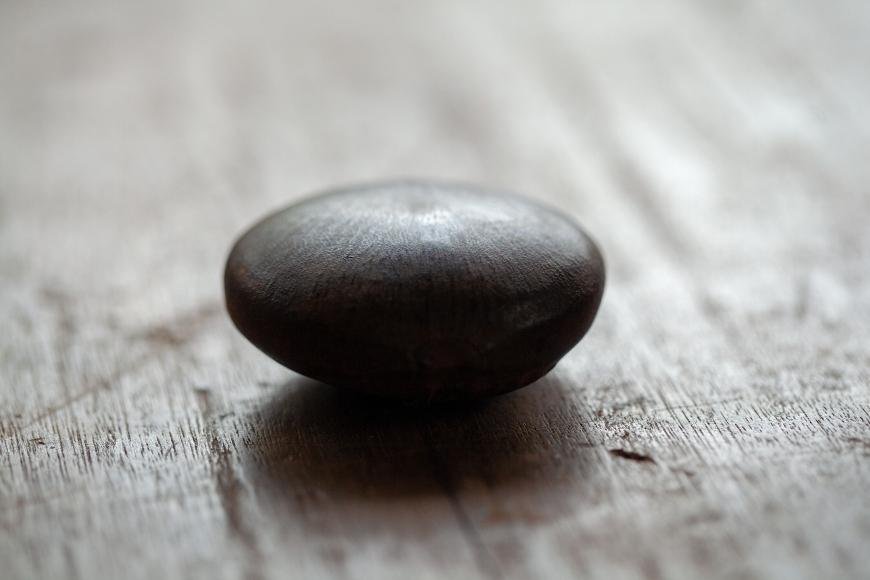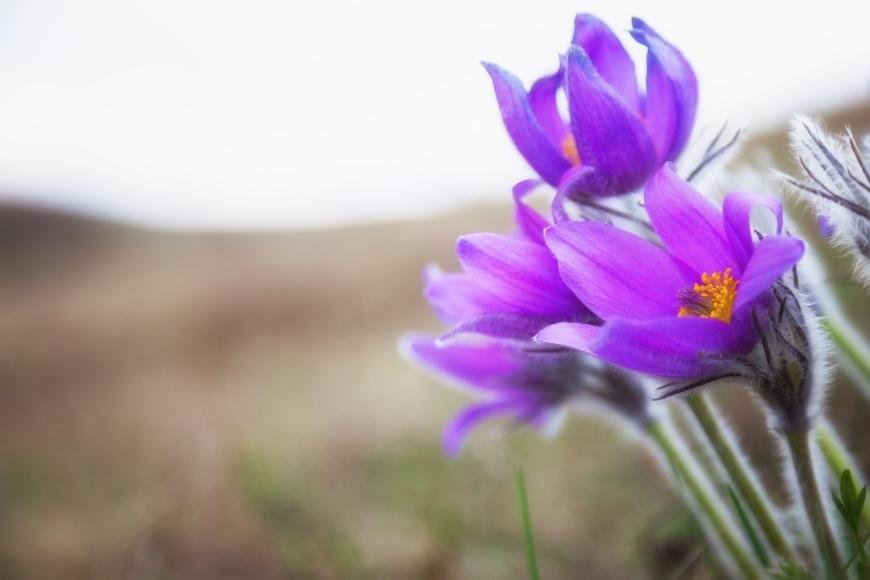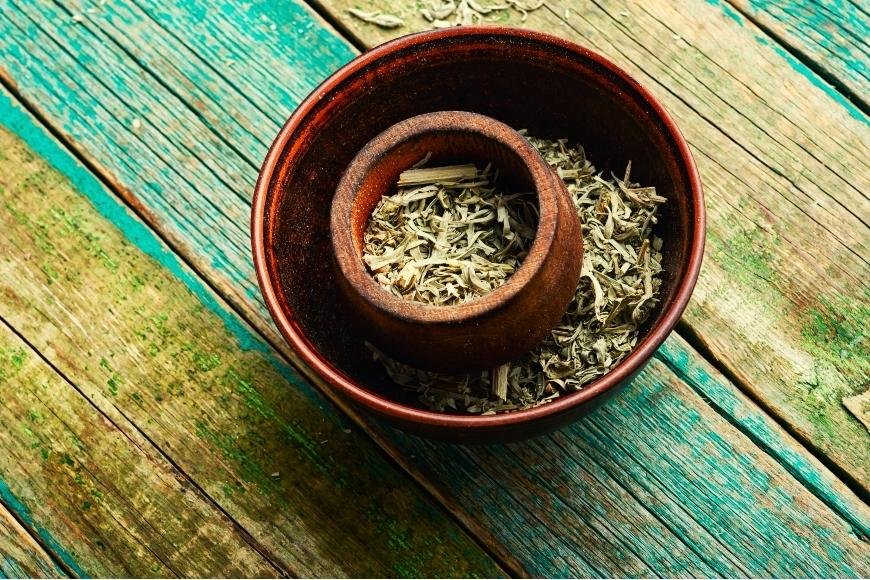What are Dream Herbs
Explore "What is Dream Herbs" in our latest article, delving into their history, effects, and safety. Enhance your lucid dreams with these herbs!

As a fascinating topic in the world of psychoactive plants, "What is Dream Herbs?" explores the mysterious and intriguing realm of herbs that can induce vivid and lucid dreams. These natural substances have been used for centuries by various cultures to enhance dream experiences and unlock the potential of our subconscious minds.
In this comprehensive blog post, we will delve into the rich history of dream herbs, revealing their origins and traditional uses across different civilizations. We will also discuss the effects these potent botanicals have on our dreaming state, providing insights into how they can lead to lucid dreams or more vivid nocturnal adventures.
Furthermore, we will examine potential side effects associated with consuming dream herbs as well as address any safety concerns one might encounter when experimenting with these enigmatic plants. By understanding "What is Dream Herbs?", you'll be better equipped to make informed decisions about incorporating them into your own journey towards self-discovery through altered states of consciousness.
Table of Contents:
- What is Dream Herbs?
- The World of Oneirogens
- Exploring the Dream World
- History of Dream Herbs
- Effects of Dream Herbs
- Side Effects of Dream Herbs
- Safety of Dream Herbs
- Conclusion
What are Dream Herbs?
Dream herbs, also known as oneirogens, are a diverse group of plants that have been used throughout history to enhance and induce vivid dreams. These plants contain various compounds that can stimulate the mind during sleep, leading to more intense dream experiences. In this section, we will explore the fascinating world of dream herbs and their potential benefits for those interested in exploring their own subconscious through dreaming.
The World of Oneirogens
Oneirogens come from a wide range of plant species found across different regions worldwide. Some well-known examples include African Dream Root (Silene capensis), Mexican Tarragon (Tagetes lucida) and Calea Zacatechichi (also known as "Dream Herb"). Each plant has its unique properties and effects on dreaming when consumed or applied topically.
African Dream Root - Silene Capensis
This South African herb has long been used by indigenous tribes for spiritual purposes, including enhancing prophetic dreams. The root is typically ground into a fine powder before being mixed with water or other liquids for consumption.
Mexican Tarragon - Tagetes Lucida
Mexican Tarragon is an aromatic herb native to Mexico and Central America. It has been traditionally used by Aztec shamans in rituals involving divination and communication with ancestors through dreams. The leaves can be brewed into tea or smoked for its oneirogenic effects.
Calea Zacatechichi - Dream Herb
This shrub-like plant grows primarily in Mexico's highlands and has been used by the Chontal people for centuries to induce vivid dreams. The leaves can be consumed as a tea or smoked, with some users reporting increased dream recall and lucidity.
Exploring the Dream World
Dream herbs offer a unique opportunity for those interested in exploring their own subconscious through dreaming. By enhancing the intensity of dreams, these plants may help unlock hidden insights, promote personal growth, and even aid in spiritual development. However, it is essential to approach these substances with respect and caution - always start with low doses and carefully observe your body's response before increasing consumption.
Dream herbs have a long and varied history, dating back to ancient times. Dream herbs are utilized for a range of applications, including spiritual restoration, lucid dreaming, astral journeying and other forms of altered awareness. Now let's explore the fascinating history of dream herbs.
History of Dream Herbs

The use of dream herbs can be traced back to various ancient cultures around the world. These plants have been utilized for their unique properties in enhancing dreams, promoting lucid dreaming, and aiding in spiritual exploration. Let's dive into some notable examples:
Ancient Mexico: Calea Zacatechichi
In ancient Mexican culture, a plant known as Calea Zacatechichi was used by the Chontal people to induce vivid and prophetic dreams. They believed that these dreams could provide guidance and insight into daily life or even predict future events. The leaves were traditionally consumed as a tea or smoked before bedtime.
African Traditions: Silene Capensis
Silene Capensis, also known as African Dream Root, has long been used by the Xhosa people of South Africa for its potent dream-enhancing effects. It is believed that this root helps individuals connect with their ancestors through dreams and gain valuable insights from them. The root is typically ground into a powder and mixed with water to create a frothy drink consumed before sleep.
Native American Practices: Mugwort & Blue Lotus
- Mugwort (Artemisia vulgaris): This herb has been widely used across different Native American tribes for its ability to stimulate vivid dreaming experiences. It was often made into teas or burned during rituals aimed at connecting with one's spirit guides.
- Blue Lotus (Nymphaea caerulea): Originally native to Ancient Egypt, Blue Lotus was later introduced to Native American cultures, where it became a popular dream herb. The flower is typically steeped in hot water or wine and consumed before bedtime for its calming and dream-enhancing effects.
These are just a few examples of the rich history surrounding the use of dream herbs across various cultures. Interest in dream exploration and spiritual discovery is continuing to surge, prompting many individuals to seek out these age-old customs as a different method of accessing their inner consciousness.
Dream herbs have a rich and varied past, with many societies having their own special applications for them. The effects of dream herbs are just as diverse, ranging from mild relaxation to intense spiritual experiences.
Effects of Dream Herbs
Dream herbs have been used for centuries to induce vivid and lucid dreams, enhance dream recall, and promote relaxation. The consequences of these botanicals can differ depending on the precise herb being employed. Some common dream herbs include:
- Calea zacatechichi (Mexican Dream Herb)
- Silene capensis (African Dream Root)
- Nymphaea caerulea (Blue Lotus)
Vivid and Lucid Dreams
The primary effect associated with dream herbs is their ability to induce more vivid and memorable dreams. Users often report experiencing increased clarity in their dreams, as well as heightened sensory perception. These enhanced dreaming states may also lead to lucidity or awareness within the dream itself.
Dream Recall Enhancement
In addition to promoting more intense dreaming experiences, many users find that consuming dream herbs helps improve their ability to remember details from their dreams upon waking up. This can be particularly beneficial for those interested in exploring the world of lucid dreaming or seeking insights from their subconscious mind through analyzing recurring themes or symbols in their nightly adventures.
Relaxation and Sleep Promotion
Beyond enhancing one's dreaming experience, some varieties of dream herbs are known for promoting relaxation before bedtime. For example, the Blue Lotus has been used in traditional Egyptian medicine as a natural sedative and sleep aid. Consuming these herbs before bedtime can help users unwind and achieve a deeper state of restorative sleep.
Enhanced Creativity
As dream herbs stimulate the imagination through vivid dreaming experiences, many users also report experiencing increased creativity during their waking hours. This enhanced creative flow may manifest itself in various forms such as artistic expression, problem-solving abilities or even spiritual exploration.
Incorporating dream herbs into your nightly routine can lead to profound changes in your sleeping experience, allowing you to explore new realms within your subconscious mind while promoting relaxation and enhancing creativity during waking hours.
Dream herbs can have a variety of effects, from mild relaxation to intense hallucinations. It is vital to be cognizant of the possible repercussions before ingesting dream herbs, regardless of their potential intensity.
Side Effects of Dream Herbs
Dream herbs, while generally considered safe for most users, can still cause some side effects. It is essential to be aware of these potential risks before deciding to use dream herbs as part of your recreational or spiritual practice.
Potential Allergic Reactions
As with any plant-based substance, there is a risk that some individuals may experience an allergic reaction when using dream herbs. Mild to severe reactions may include skin irritation, itching, difficulty breathing, and swelling in the face or throat. If you suspect you are experiencing an allergic reaction after consuming dream herbs, it's crucial to seek medical attention immediately.
Gastrointestinal Issues
Ingesting certain types of dream herbs might lead to gastrointestinal issues like nausea, vomiting, diarrhea, or stomach cramps. Begin with a small amount and incrementally boost the dosage if required.
Interactions with Medications

If you're taking prescription medications or have pre-existing health conditions (such as heart disease), it's important to consult your healthcare provider before using dream herbs. Some compounds found in these plants could potentially interact negatively with specific medications or exacerbate existing health problems.
- Calea Zacatechichi: This herb has been reported to interfere with blood pressure medication due its diuretic properties. Always consult your doctor if you're on blood pressure medication before trying Calea Zacatechichi.
- Mugwort: Mugwort contains a compound called thujone, which can interact with medications that affect the central nervous system. If you're taking sedatives or anti-seizure medications, consult your healthcare provider before using mugwort.
- Silene Capensis: There is limited information on potential drug interactions with Silene Capensis. It is advisable to be cautious and talk with a healthcare provider about any worries before using mugwort.
Mental Health Considerations
Dream herbs are known for their ability to enhance dreams and promote lucid dreaming experiences. While this may be an exciting prospect for some users, others might find these vivid dream states unsettling or anxiety-inducing. It's essential to consider how these altered states could impact your mental well-being before experimenting with dream herbs.
In conclusion,
Dream herbs can have a range of side effects, some more serious than others. It is imperative to be aware of potential consequences prior to utilizing dream herbs, and take the proper safeguards. Moving on, it is also essential to understand the safety aspects when taking dream herbs as they can potentially cause harm if not used correctly.
Safety of Dream Herbs
As with any substance, it's essential to consider the safety profile of dream herbs before incorporating them into your routine. It is important to be aware of the potential interactions that dream herbs may have with other substances or medications, as these plants have been used for many years by various cultures.
Potential Interactions
Dream herbs may interact with certain medications or supplements, leading to adverse effects. For example, they might potentiate the sedative properties of some drugs like benzodiazepines or opioids. If you are taking any medication or supplement that affects the central nervous system (CNS), consult a healthcare professional before using dream herbs. It is prudent to abstain from blending dream herbs with other mind-altering substances, such as psychedelics, since this could bring about unforeseen consequences.
Allergic Reactions and Sensitivities
Some individuals may experience allergic reactions or sensitivities when consuming dream herbs. Symptoms can range from mild skin irritation to more severe reactions like difficulty breathing and anaphylaxis in rare cases. To minimize the risk of an allergic reaction, start with a small dose and observe how your body reacts before increasing consumption gradually.
Pregnancy and Breastfeeding Concerns
The safety of using dream herbs during pregnancy or breastfeeding has not been well-studied; therefore, it is best for expectant mothers and nursing parents to avoid their use until further research becomes available on this topic.
Tips for Safe Use:
- Start with a low dose: Begin by consuming a smaller amount than recommended so you can gauge how your body responds without risking adverse side effects.
- Choose a reputable source: Purchase dream herbs from a trustworthy supplier to ensure you are receiving high-quality, uncontaminated products.
- Monitor your consumption: Keep track of how often and in what quantities you consume dream herbs to avoid overuse or dependency.
- Consult with a healthcare professional: If you have any pre-existing medical conditions or take medications that could interact with dream herbs, seek advice from a qualified healthcare provider before use.
In conclusion, while dream herbs have been used for centuries by various cultures for their psychoactive properties, it is essential to approach their use responsibly. By understanding potential interactions and side effects and following safety guidelines such as starting with low doses and consulting professionals when necessary, users can minimize risks associated with these plants. As always, prioritize your well-being above all else when exploring the world of mind-altering substances like dream herbs.
Conclusion
Dream herbs are a unique and powerful way to explore the world of altered states. While there is limited research on their effects, it appears that dream herbs may have some beneficial properties when used responsibly. When using dream herbs, it is essential to be cognizant of any potential risks or adverse reactions and ensure that you are in a secure setting with trusted individuals present. Ultimately, dream herbs can provide an interesting journey into new realms if handled correctly and respected for its power.






































































































































